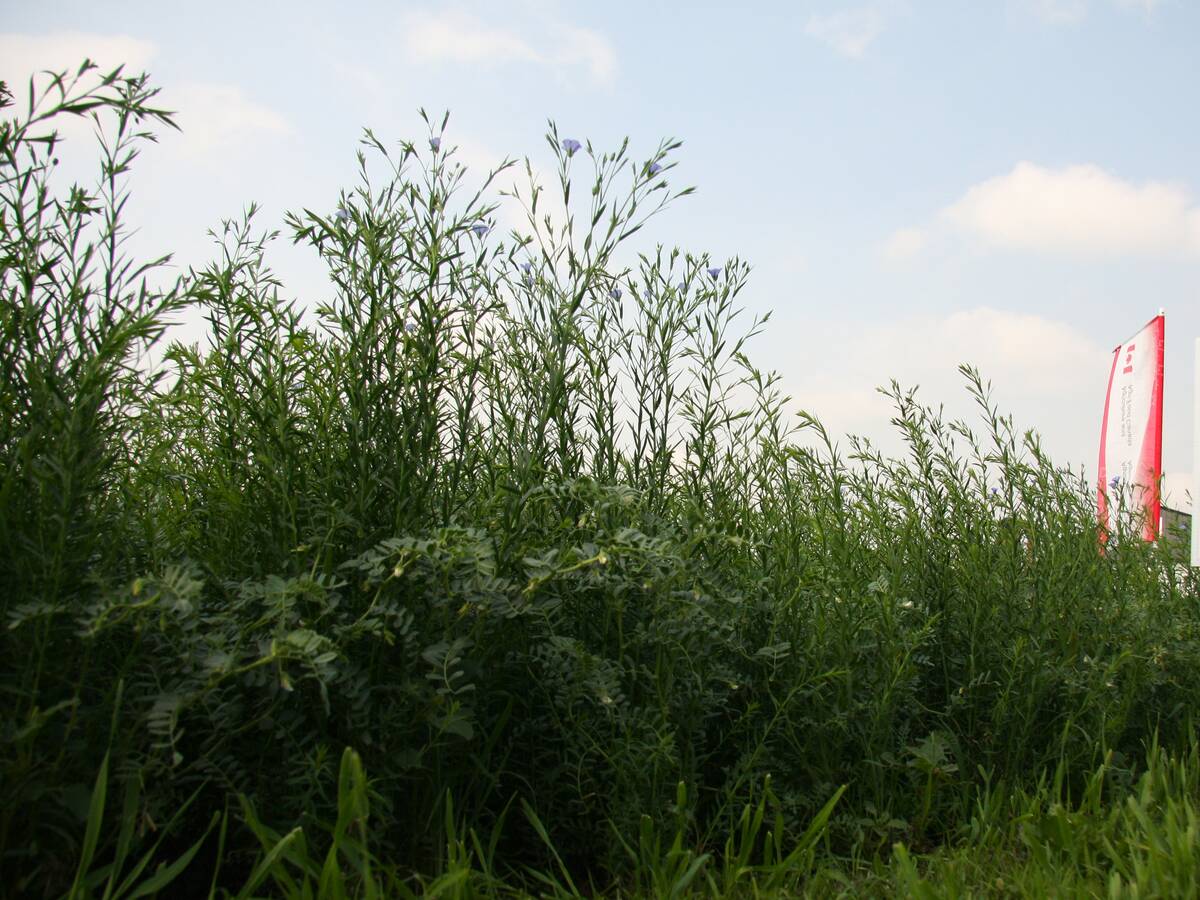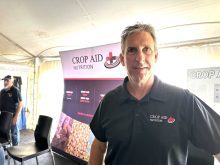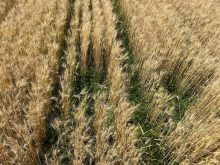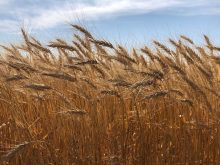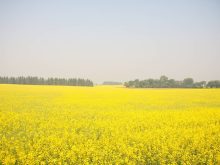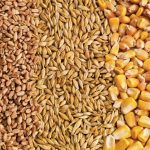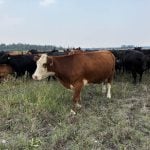Ascochyta blight “is the most important constraint to chickpea production around the world, and is certainly a very important problem for chickpea production in Saskatchewan,” said Michelle Hubbard, an Agriculture and Agri-Food Canada research scientist in pulse pathology.
“And it is so severe that if the conditions are bad, like if it’s humid or conditions are conducive for disease, it can completely wipe out a chickpea crop.”
The risky disease is typically managed through fungicide, crop rotation, using clean seed, resistant varieties and effective seeding rates. But Hubbard and other AAFC pulse scientists have been running trials on chickpea-flax intercropping since 2012.
Read Also
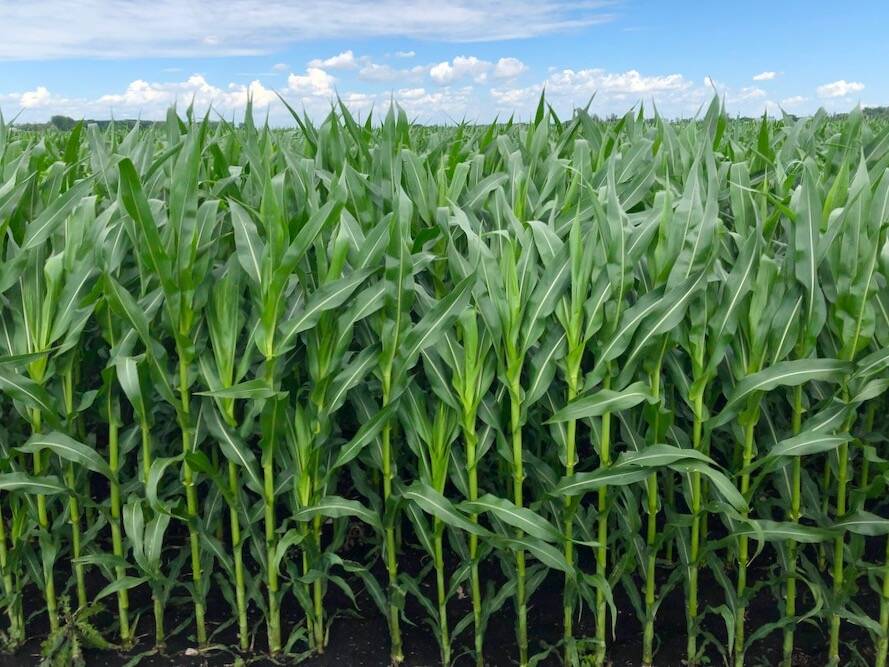
Cancer agency reclassifies another herbicide ‘probably carcinogenic’
The WHO’s cancer research agency has now put atrazine, a herbicide well known to corn growers, in the same potential-hazard category where the agency put glyphosate.
The latest edition of the project was on display at this year’s Ag in Motion near Langham, Sask. It was featured at the AAFC booth alongside other research projects and crop plots.
Hubbard joined the project in 2018. She looked at various factors that could impact disease prevalence in a chickpea crop. Her team tested intercropping versus monocropping, adjusting seeding rates of flax while keeping chickpea constant. Without comparing rates, they looked at the impact of nitrogen fertilizer use. They placed the chickpea and flax in mixed rows.
“So, within a single row, there was both chickpea and flax mixed together or the alternative to that was alternating rows,” she explained.
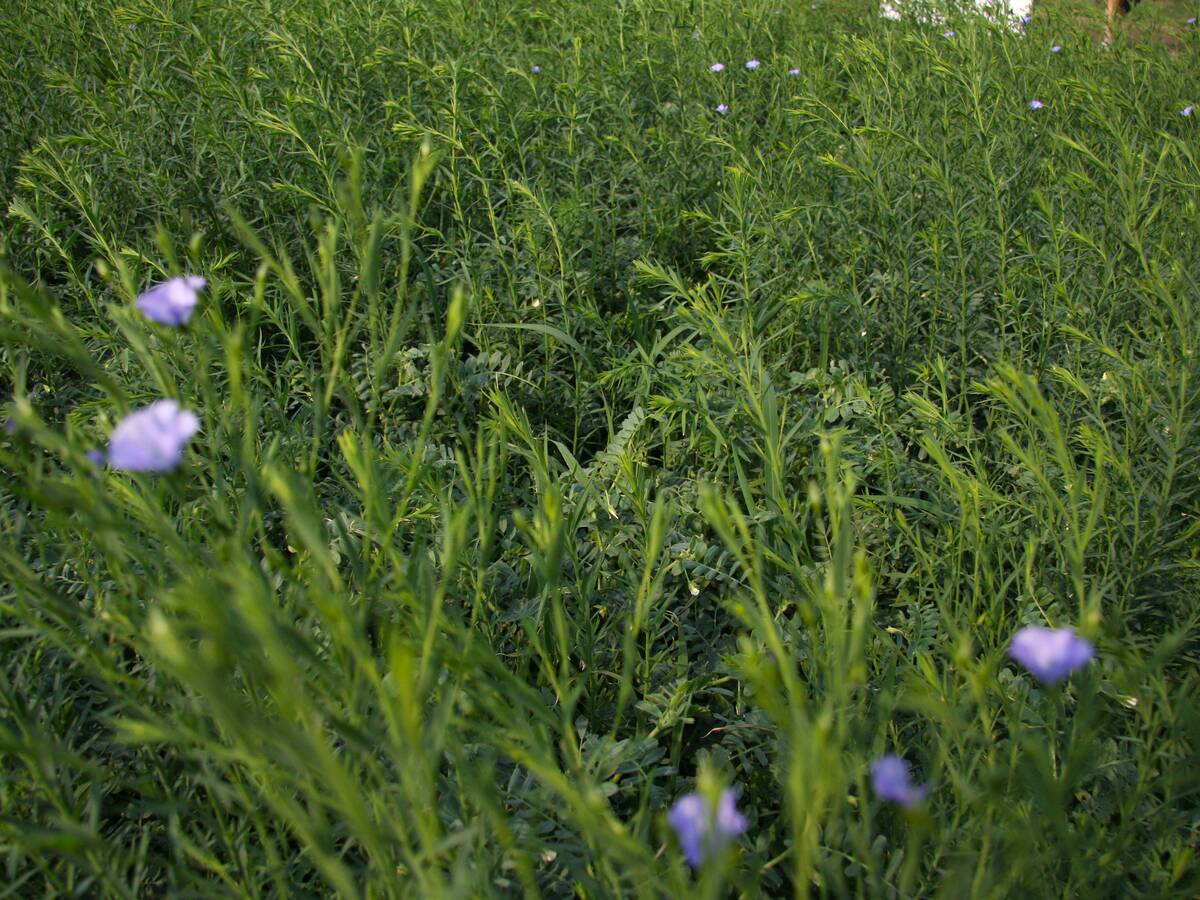
The conclusion of the 2018-22 study was that intercropping was helpful in reducing disease. But there was a catch: the most effective rate of flax varied per year. Some years, the lowest rate was best; in others, higher rates performed better.
They also discovered that nitrogen tended to increase disease prevalence, and while both mixed and alternating rows helped reduce disease pressure, there was no notable difference between the two.
In 2023, Hubbard began another project to build on the research. This one integrates fungicide use and continues to compare intercropping versus monocropping. It is currently in its third year.
For fungicide application, there are four treatments: no fungicide; application once before flowering; application once during the flowering period; and application once before flowering as well as during for a total of two applications.
It also compares chickpea and flax varieties, which hadn’t been looked at in previous trials. They now have three flax and three chickpea varieties to make a total of nine combinations to compare.
So far, dry conditions have limited the usefulness of fungicide comparisons. Otherwise, the trend favouring intercropping has remained steady.
Why chickpeas and flax?
There is not yet a clear consensus on how flax helps to reduce ascochyta blight in chickpea crops. But the initial reasons for trying this intercrop mix were mainly logistics.
One factor was available herbicide and fungicide options. It was important that any products used were safe for both crops and registered for use on both.
“Some of the reasons you choose one thing or another is, is it within reason that you could seed them at the same time and harvest them at the same time?” Hubbard explained. “If one has a far longer growing season than the other, it’s not going to work.”
Another factor was how easily the two crops could be separated after harvest. If the goal is to grow them for grain rather than feed, separation becomes more important — and it’s typically done by size.
“So this works really well because chickpeas are big, and flax are small,” she said.
An additional benefit to the mix is that chickpeas help to thresh the flax bolls, breaking them apart for easier harvest. But harvest can get a little tricky because of the size discrepancy.
“Getting the combine settings such that you don’t either end up with so much non-seed material, like so much trash or so much residue, or that you don’t blow out your small seeds and not end up and lose a lot of yield (can be an issue),” she explained.
Working theories
Since the trial hasn’t yet concluded, there isn’t anything concrete. But Hubbard has a few working theories that are being considered and will be examined more critically.
Her first theory is that the intercrop changes the crop canopy microclimate in terms of temperature and humidity. However, there have been some holes in this idea.
The team checked the canopy every hour, recorded humidity and temperature, but didn’t find a significant difference when testing this between the monocrop and intercrop.
Another idea is that by planting the two crops beside each other, they engage in root-to-root, or arbuscular mycorrhizal fungi (AMF) communication. The communication may “prime” the chickpea defenses and encourage a stronger immune response.
Hubbard’s colleagues have tested this theory with plants in pots with a connecting tube, to create a shape like the letter “H.” But they didn’t see much impact whether it was flax or chickpea in the connected pot.
“In follow-up experiments, we found that just adding AMF, like just colonization by AMF, sometimes led to less disease,” she said. “And that wasn’t consistent. It depended on the severity of the disease or the experiment.”
Hubbard’s final theory is that flax causes a barrier or dilution effect to the chickpeas because it is typically a tall, slender plant.
“It’s a barrier between the chickpeas,” she explained. “And ascochyta blight is what we call a polycyclic disease, or a disease that can infect many times over the course of the season, so it can keep amplifying and spreading plant to plant. And having the flax there reduces the capacity for it to do that.”
By creating the physical barrier, it protects against wind, rain and other weather, limiting spore spread and direct contact.
Hubbard says this idea seems the most likely and relates best to results they’ve seen so far.


